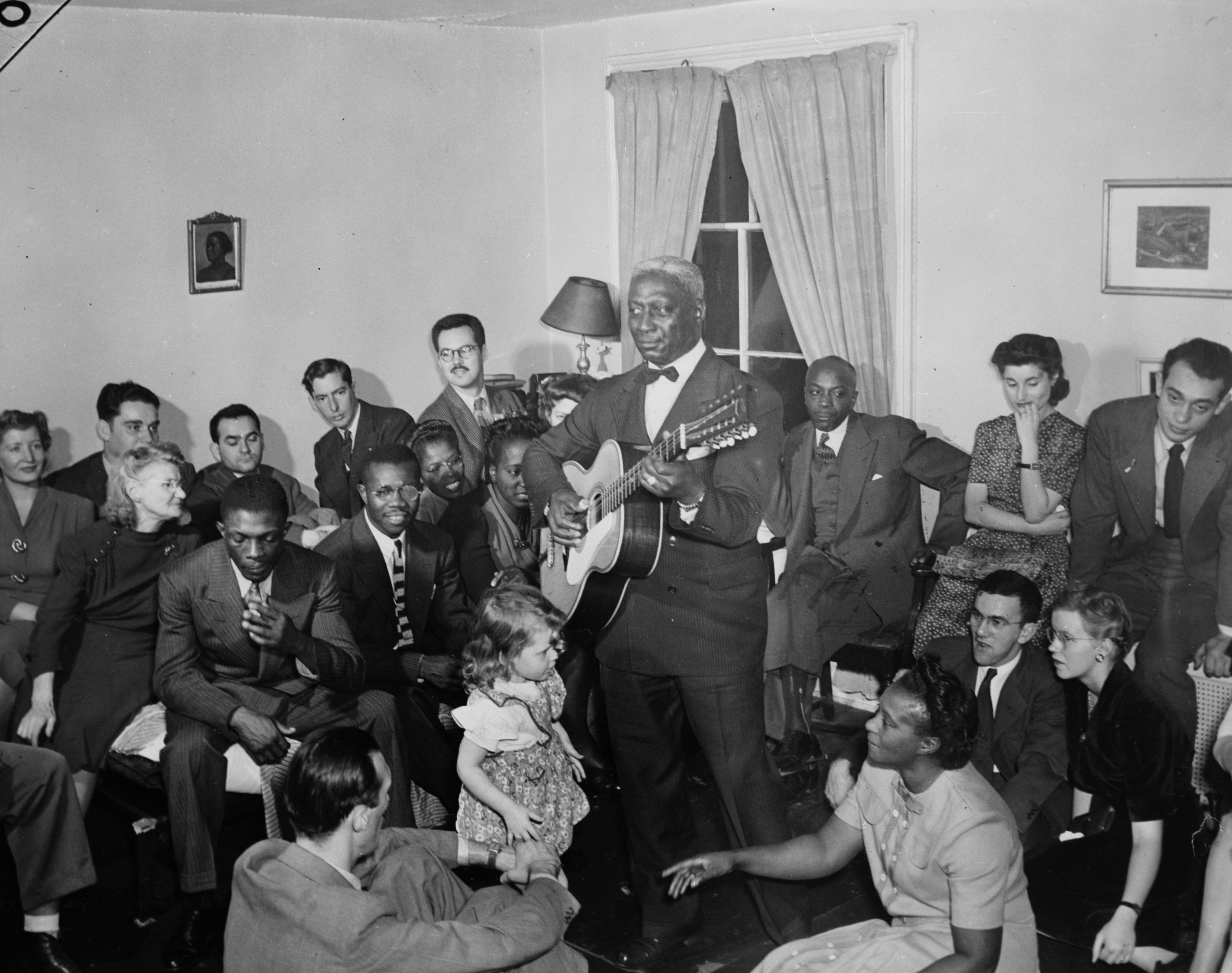The piece I'd never part with: A portrait of blues singer Lead Belly by the 'tricky old rogue' who accidentally kicked one of the Royal corgis
A vigorous portrait of blues singer Lead Belly rekindles art dealer Sara Stewart’s memories of the infuriating genius Howard Morgan.


He was the artist who portrayed three queens, yet Howard Morgan (1949–2020) was an art dealer’s nightmare. The very genius that led him to paint Elizabeth II, the Queen Mother and Queen Beatrix of the Netherlands — as well as assorted real and theatre royalty — also made him unpredictable: ‘My clients always took a slight risk when they commissioned him, because he either pulled it off in a spectacular fashion or his likenesses fell short of expectations,’ recalls Sara Stewart, founder and managing director of Fine Art Commissions, an agency that matches prospective sitters with suitable portraitists. ‘Latterly, he was a tricky old rogue, who could drive dealers mad.’
Yet, she admits, ‘all of us would agree he was a one off and made the art world a richer place’. That is why, of all the many pictures she has seen and owned throughout her career, she is especially fond of one painted by him: a portrait of blues singer Lead Belly. It wasn’t done from life — the American musician died in December 1949, when Morgan was a baby — yet this doesn’t make it any less powerful.
The artist worked it up from a model in his studio, which, Sara says, is what makes it feel authentic (unlike portraits done wholly from photographs). He then brought it to life with vigorous brushstrokes, ‘the very, very strong shadow behind Lead Belly, which suggests the atmosphere of a smoky room’, and a generous use of red: ‘This painting makes me feel as if I’ve walked into a club. It has energy. It’s vibrant. It has atmosphere. It’s beautifully painted. The composition is great. It is everything a dynamic, figurative painting should be.’

Mood music: to see Howard Morgan’s portrait of Lead Belly is to enter a smoky jazz club
'When I look at this picture, I remember the unbelievably frustrating times dealing with a genius who was always broke, the laughs we had and the energy he brought to the art world'
Granted, the subject matter may leave something to be desired: ‘Lead Belly was the most awful man,’ concedes Sara, explaining that, in 1918, he was sentenced to 20 years for murder, but, a mere seven years later, ‘he sang for the Texas governor and pleaded for a pardon. He was let off and became a free man’.
Subjects were usually immaterial to Morgan, but Lead Belly’s particular history may have been a draw for him. He loved music, was fascinated by jazz — ‘his sublime The Golden Gate Quartet, reputedly owned by [Andrew] Lloyd Webber, is another example of his ability to express his joy of music in paint’ — and one of his best friends was singer George Melly. ‘This wicked man, who managed to get himself out of scrapes with his music, would have appealed to Howard’s character.’
Although Sara worked with Morgan for decades, she didn’t buy the portrait directly from him — she bid for it at an auction in France. It now hangs either at her studio gallery in Ham, Wiltshire — opposite a pair of gilt pillars that once belonged to John Singer Sargent — or at her premises in Ryder Street, in London’s St James’s, and it invariably captures the eye of every visitor. ‘I’ve got lots of clients desperate to buy it, but I just can’t let it go,’ confesses Sara.
‘When I look at this picture, I remember the unbelievably frustrating times dealing with a genius who was always broke, the laughs we had and the energy he brought to the art world. And I simply get lost in a beautiful painting.’
Exquisite houses, the beauty of Nature, and how to get the most from your life, straight to your inbox.
Carla must be the only Italian that finds the English weather more congenial than her native country’s sunshine. An antique herself, she became Country Life’s Arts & Antiques editor in 2023 having previously covered, as a freelance journalist, heritage, conservation, history and property stories, for which she won a couple of awards. Her musical taste has never evolved past Puccini and she spends most of her time immersed in any century before the 20th.
